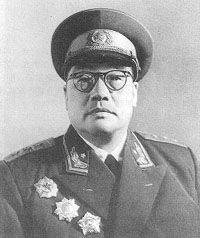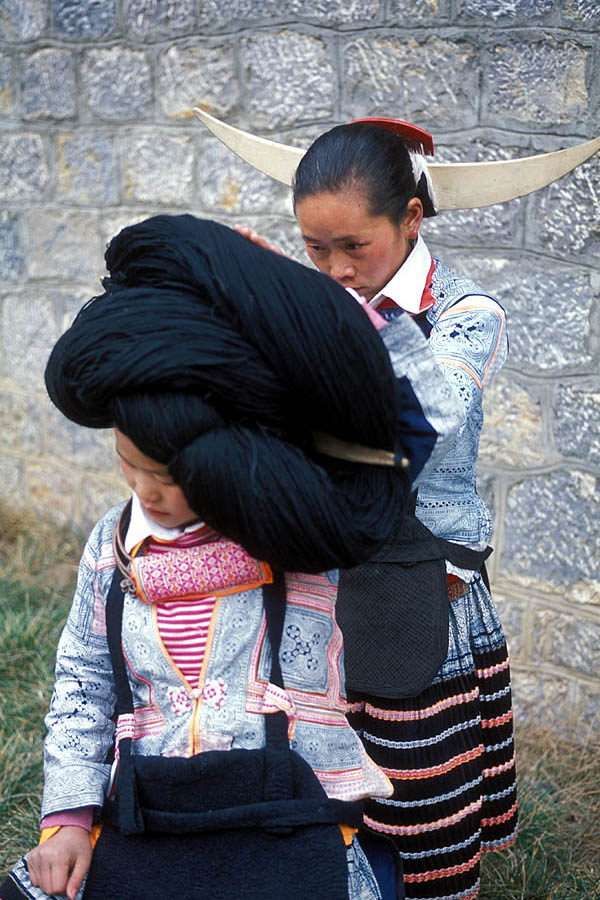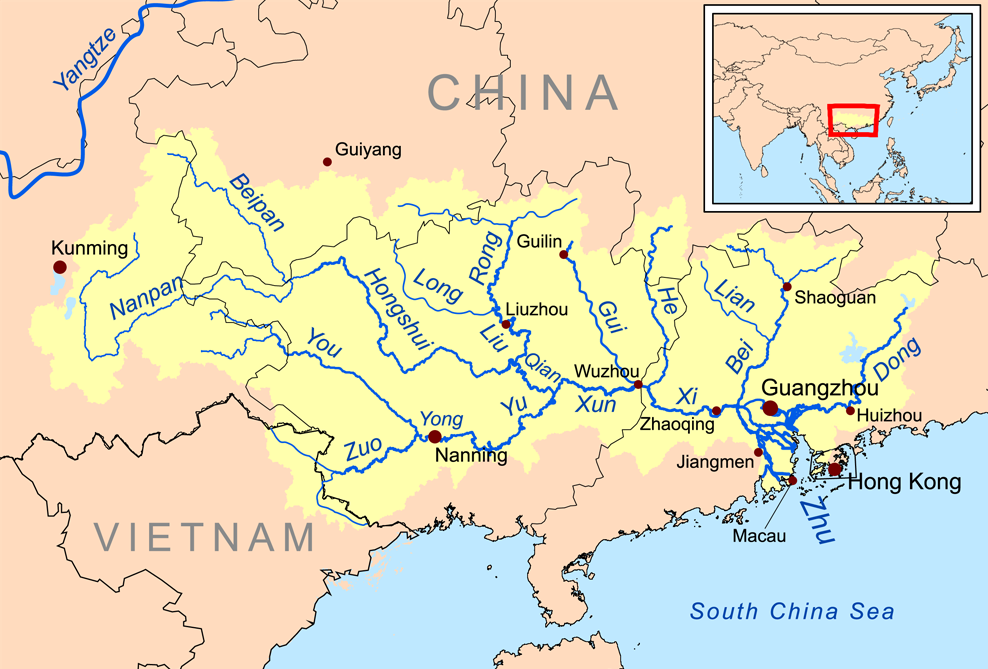|
Xilin County
Xilin County (; ) is a county in the northwest of Guangxi, China, bordering Yunnan province to the south and west and Guizhou to the north. It is the westernmost county-level division of the autonomous region and is under the administration of the prefecture-level city of Baise. Geography Xilin is located in western Guangxi. It borders Tianlin County to the east, Qiubei county, Guangnan County and Funing County, Yunnan to the south, Luoping County and Shizong County, Yunnan to the west, and Longlin County and Xingyi, Guizhou to the north. Administrative divisions Xilin County is divided into 4 towns, 1 township and 3 ethnic townships: ;towns *Bada Town 八达镇 *Guzhang Town 古障镇 *Nalao Town 那劳镇 *Mabang Town 马蚌镇 ;township *Xiping Township 西平乡 ;ethnic townships *Puhe Miao Ethnic Township 普合苗族乡 *Nazuo Miao Ethnic Township 那佐苗族乡 *Zubie Yao and Miao Ethnic Township 足别瑶族苗族乡 Climate Ethnic groups The following ethnic grou ... [...More Info...] [...Related Items...] OR: [Wikipedia] [Google] [Baidu] |
Postal Code Of China
Postal codes in the China, People's Republic of China () are postal codes used by China Post for the delivery of letters and goods within mainland China. China Post uses a six-digit all-numerical system with four tiers: the first tier, composed of the first two digits, show the provinces of China, province, province-equivalent direct-controlled municipalities of China, municipality, or autonomous regions of China, autonomous region; the second tier, composed of the third digit, shows the postal zone within the province, municipality or autonomous region; the fourth digit serves as the third tier, which shows the postal office within prefectures of the People's Republic of China, prefectures or prefecture-level city, prefecture-level cities; the last two digits are the fourth tier, which indicates the specific mailing area for delivery. The range 000000–009999 was originally marked for Taiwan (The Republic of China) but is not used because it not under the control of the People' ... [...More Info...] [...Related Items...] OR: [Wikipedia] [Google] [Baidu] |
Shizong County
Shizong County () is under the administration of the prefecture-level city of Qujing, in the southeast of Yunnan province, China. It borders Luoping County to the east, Xilin County of Guangxi Guangxi,; officially the Guangxi Zhuang Autonomous Region, is an Autonomous regions of China, autonomous region of the China, People's Republic of China, located in South China and bordering Vietnam (Hà Giang Province, Hà Giang, Cao Bằn ... to the southeast, Qiubei County to the south, Luxi County, Yunnan to the southwest and Luliang County to the north. Ethnic groups The Landian Yao () people of Gaoliang Township () are found in Xin'an (), Dinglei (), Xidu (), Shanglongga (), and Xialongga () villages. Administrative divisions Shizong County has 3 subdistricts, 4 towns and 3 ethnic townships. ;3 subdistricts * Danfeng () * Yangyue () * Datong () ;4 towns ;3 ethnic townships * Longqing Yi and Zhuang () * Wulong Zhuang () * Gaoliang Zhuang Miao and Yao () Climate ... [...More Info...] [...Related Items...] OR: [Wikipedia] [Google] [Baidu] |
Bolyu
Bolyu is one of the unrecognized ethnic groups in China. Bolyu language (autonym: '; ; also known as Paliu, Palyu, or Lai 俫语, 徕语) is an Austroasiatic The Austroasiatic languages ( ) are a large language family spoken throughout Mainland Southeast Asia, South Asia and East Asia. These languages are natively spoken by the majority of the population in Vietnam and Cambodia, and by minority popu ... language of the Pakanic branch (Sidwell 1995). It is unwritten and moribund. Further reading *Jiang Jun ��俊 2005. Ethnic group and nation in the village vision: Field research about Lai people'' ��落视野中的族群与民族:关于俫人的田野研究 M.A. dissertation, Guangxi Normal University. http://www.docin.com/p-380721709.html {{Ethnic groups in China Ethnic groups in China Guangxi Ethnic groups in Yunnan ... [...More Info...] [...Related Items...] OR: [Wikipedia] [Google] [Baidu] |
Kathu Language
Kathu () is a Lolo-Burmese languages, Lolo-Burmese language of Balong (坝聋), Nanping Township (南屏镇), Guangnan County, Yunnan, China. The Kathu are locally known as the White Yi (白彝). Wu Zili (2004) estimates that Kathu has a total of more than 7,000 speakers in Guangnan County (including in Dayashao 大牙少), as well as in Jinping Miao, Yao, and Dai Autonomous County, Jinping County, Yunnan. ''Ethnologue'' mentions a possible presence in Xilin County, Guangxi Province. A related variety is known as Thou. Kathu-Thou is notable for having initial consonant clusters, which within the Lolo-Burmese branch are also found in Burmese language, Written Burmese (Old Burmese) and Jinuo language, Jinuo (Hsiu 2014:66). Wu (2004) lists the onset clusters pl, pʰl, bl, ml, kl, kʰl, gl, ql, qʰl, ɢl, ŋl. Varieties Hsiu (2014:65) identifies two varieties, both spoken in Nanping Township (南屏镇). *Kathu (Exonym and endonym, autonym: '), spoken in Anwang village 安王村 *T ... [...More Info...] [...Related Items...] OR: [Wikipedia] [Google] [Baidu] |
Gepo Language
Gepo (Köpu; autonym: ' or ') is a Loloish language of Yunnan, China spoken by 100,000 people. The speakers' autonym is ', while the "-po" of "Gepo" means 'people'. It is spoken in 6 villages of Fumin County, eastern Luquan County, and other adjacent counties to the northeast. (Gao 2017)Gao, Katie B. 2017. Dynamics of Language Contact in China: Ethnolinguistic Diversity and Variation in Yunnan''. PhD Dissertation: University of Hawai‘i at Mānoa. classifies Geipo (autonym: ') as a Central Ngwi language. In Wuding County, it is spoken by 250 people in Gubai Village, Shishan Township and by 30 people in Yaoying Village, Shishan Township in Micha-majority villages. Distribution and varieties Gupo 古泼 (autonym: ') is spoken in Mile, Songming, Xundian, Zhanyi, Luoping, Shizong, Luxi, Shilin, Luliang, Yiliang, Fuyuan, Qiubei, Luquan, Huize, and Yiliang counties by about 100,000 speakers.Wang Chengyou ��成有 2003. ''Yiyu Fangyan Bijiao Yanjiu'' ��语方言比较研究 ... [...More Info...] [...Related Items...] OR: [Wikipedia] [Google] [Baidu] |
Nasu Language
The Nasu language, also known as the Eastern Yi language or Naisu, Luquan Yi, Wuding Yi, Guizhou Yi, Weining Yi, Guangxi Yi or Longlin Yi, is a Loloish language spoken by the Yi people of China. Nasu and Wusa are two of six Yi languages recognized by the Government of China. Unlike most written Yi languages, Nasu uses the Pollard script. A distinct form of the Yi script was traditionally used for Wusa, though few can still read it. The Nasu language is also known as the Black Yi language, but this name is no longer used. Names According to the ''Guizhou Ethnic Gazetteer'' (2002),Guizhou Province Gazetteer: Ethnic Gazetteer ��州省志. 民族志(2002). Guiyang: Guizhou Ethnic Publishing House ��州民族出版社 Yi autonyms include Nasu 哪苏, Tusu 兔苏, Lagou 腊勾, Guo 果, and so forth. Most of Yi people of the Luquan area do not have the autonym Luoluo and Nasu (transliterated into Chinese as 纳苏) means "black", hence the Black Yi (黑彝 Hei Yi), though Blac ... [...More Info...] [...Related Items...] OR: [Wikipedia] [Google] [Baidu] |
Yi People
The Yi or Nuosu people (Nuosu language, Nuosu: , ; see also #Names and subgroups, § Names and subgroups) are an ethnic group in South China, southern China. Numbering nine million people, they are the seventh largest of the 55 Ethnic minorities in China, ethnic minority groups recognized by the Government of China, Chinese government. They live primarily in rural areas of Sichuan, Yunnan, Guizhou, and Guangxi, usually in mountainous regions. The Liangshan Yi Autonomous Prefecture is home to the largest population of Yi people within China, with two million Yi people in the region. In neighbouring Vietnam, , there are 4,827 Lô Lô people (a subgroup of the Yi) living in the Hà Giang Province, Hà Giang, Cao Bằng Province, Cao Bằng, and Lào Cai Province, Lào Cai provinces, in the country's north. The Yi speak various Loloish languages, closely related to Burmese language, Burmese. The prestige variety is Nuosu language, Nuosu, which is written in the Yi script. Locatio ... [...More Info...] [...Related Items...] OR: [Wikipedia] [Google] [Baidu] |
Yao People
The Yao people () or Dao () is a classification for various ethnic minorities in China and Vietnam. Their majority branch is also known as Mien. They originated in the areas around Changsha, which today is the capital of Hunan province. They speak a branch of the Hmong-Mien family of languages and share a strong genetic connection to the Hmong peoples. They are believed to have diverged from the Hmong around 5,800 years ago. They are one of the 56 officially recognized ethnic groups in China and reside in the mountainous southwest and south of the country. They also form one of the 54 ethnic groups officially recognized by Vietnam. They numbered 2,796,003 in the 2010 Chinese census and 891,151 in the 2019 Vietnamese census. An estimated 60,000 Yao of the Iu Mien branch reside in the United States, mostly in the Western coastal states. History China Origin myth The origins of the Yao can be traced back two millennia to Hunan around the Dongting Lake region. According to ... [...More Info...] [...Related Items...] OR: [Wikipedia] [Google] [Baidu] |
Miao People
Miao is a word that the Chinese use to designate some ethnic minority groups living in southern China and Mainland Southeast Asia. Miao is thus officially recognized by the Chinese government as one of the largest ethnic minority groups that has more than 56 official ethnicities and dialects. The Miao live primarily in the mountains of southern China. Their homeland encompasses the provinces of Guizhou, Yunnan, Sichuan, Hubei, Hunan, Guangxi, Guangdong, and Hainan. Some sub-groups of the Miao, most notably the Hmong people, have migrated out of China into Southeast Asia (Myanmar, Northern Vietnam, Laos, and Thailand). Following the communist takeover of Laos in 1975, a large group of Hmong refugees resettled in several Western nations, mainly in the United States, France, and Australia. Miao is a Chinese term, while the component groups of people have their own autonyms, such as (with some variant spellings) Hmong, Hmu, Xong (Qo-Xiong), and A-Hmao. These people (except th ... [...More Info...] [...Related Items...] OR: [Wikipedia] [Google] [Baidu] |
Zhuang People
The Zhuang (; ; , , Sawndip: 佈獞) are a Tai-speaking ethnic group who mostly live in the Guangxi Zhuang Autonomous Region in Southern China. Some also live in the Yunnan, Guangdong, Guizhou, and Hunan provinces. They form one of the 56 ethnic groups officially recognized by the People's Republic of China. With the Bouyei, Nùng, Tày, and other Northern Tai speakers, they are sometimes known as the Rau or Rao people. Their population, estimated at 18 million people, makes them the largest minority in China. Etymology The Chinese character used for the Zhuang people has changed several times. Their autonym, "Cuengh" in Standard Zhuang, was originally written with the graphic pejorative , (or ''tóng'', referring to a variety of wild dog).漢典.獞. Chinese. Accessed 14 August 2011. 新华字典, via 中华昌龙网. 字典频道.". Chinese. Accessed 14 August 2011. Chinese characters typically combine a semantic element or radical and a phonetic element. John De ... [...More Info...] [...Related Items...] OR: [Wikipedia] [Google] [Baidu] |
Han People
The Han Chinese, alternatively the Han people, are an East Asian ethnic group native to Greater China. With a global population of over 1.4 billion, the Han Chinese are the world's largest ethnic group, making up about 17.5% of the world population. The Han Chinese represent 91.11% of the population in China and 97% of the population in Taiwan. Han Chinese are also a significant diasporic group in Southeast Asian countries such as Thailand, Malaysia, and Indonesia. In Singapore, people of Han Chinese or Chinese descent make up around 75% of the country's population. The Han Chinese have exerted a primary formative influence in the development and growth of Chinese civilization. Originating from Zhongyuan, the Han Chinese trace their ancestry to the Huaxia people, a confederation of agricultural tribes that lived along the middle and lower reaches of the Yellow River in the north central plains of China. The Huaxia are the progenitors of Chinese civilization and ancestor ... [...More Info...] [...Related Items...] OR: [Wikipedia] [Google] [Baidu] |
China Meteorological Administration
The China Meteorological Administration (CMA) is the national weather service of the People's Republic of China. The institution is located in Beijing. History The agency was originally established in December 1949 as the Central Military Commission Meteorological Bureau. It replaced the Central Weather Bureau formed in 1941. In 1994, the CMA was transformed from a subordinate governmental body into one of the public service agencies under the State Council.CMA.gov history Meteorological bureaus are established in 31 provinces, autonomous regions and [...More Info...] [...Related Items...] OR: [Wikipedia] [Google] [Baidu] |





